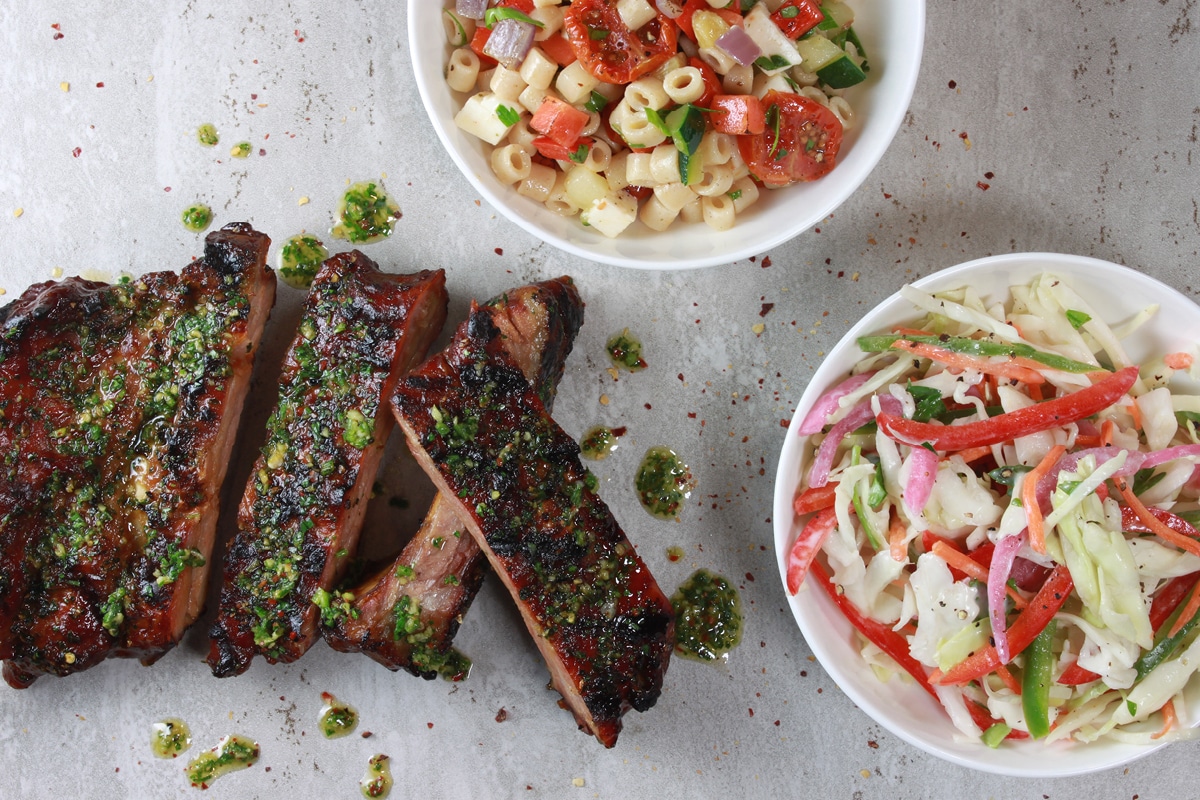Along with all of the financial wreckage that the COVID-19 pandemic inflicted upon the restaurant industry, a new, perhaps subtler trend has begun to pick up steam: Restaurants are increasingly competing with grocery stores, and what consumers are cooking at home. Even as dining rooms began to reopen across the country, Datassential reported that 54 percent of consumers would “definitely avoid eating out,” while an additional 27 percent said they were nervous about it.
Another emerging trend is that a growing number of Americans are eating healthy—Datassential reported that in May, 78 percent of consumers believed a healthy diet would protect them from illness, while 44 percent said they were eating healthier because they were cooking more at home.
The challenge for chefs is then to offer menu items and LTOs that would be difficult to cook at home and to pair them with a healthy side dish. Time intensive cuisines, like barbecue, present a great opportunity for restaurants to differentiate themselves from consumers’ kitchens, says Mike Leccese, director of culinary and R&D at Haliburton International Foods, especially when chefs can dazzle with the side dishes and sauces that accompany a protein.
“As fantastic as a smoked pork butt slathered in BBQ sauce is, customers will always be looking to the other side of the plate for those awesome sides,” Leccese says. “Straying away from the indulgent norms, we’re using roasted veggies-tomatoes, zucchini, yellow peppers, supersweet corn-tossing them with pickled onions and an apple-cider vinaigrette for a fresh, sweet and tangy pairing to the rich, heavy, smoky protein.”
Leccese and his team are seeing an explosion of international and ethnic flavors in the world of barbecue, where there is ample opportunity to pair delectable meat entrees with healthy sides. Korean barbecue is a great example of a trend that has achieved near ubiquity, perhaps partially due to its wide world of vegetable sides.
“Trends like Korean barbecue are exploding because it strays from the norm,” Leccese says. “They use different cuts and styles of meats, marinated or sauced in unique, ethnic flavor profiles, and you get these sweet, salty umami notes packed with ginger and garlic, then paired with sides like kimchi, spicy cucumbers, bamboo salad, sesame glass noodles and steamed eggs. All of this is playing on diners being attracted to trying new foods and this is why Haliburton is developing sides and sauces based on these newer flavor trends.”
Still, restaurants face labor issues in these trying times. Time-intensive sides can tie up line cooks for hours of precious prep time. That’s where Haliburton comes in, says Leccese, where they’ve spent nearly four decades in the industry figuring out how to make operator-friendly items that require little-to-no-labor without compromising on quality nor flavor. A new line of product hitting the market is their unique take on slow-roasted vegetables and fruits.
“We are getting great feedback about our slow-roasted fruits and vegetables such as cherry tomatoes and mini-sweet peppers. They have these amazing, intensified flavors of sweetness and umami,” Leccese says. “That would be something tough to reproduce in the kitchen of a typical quick-service operation, but with our capabilities we can help create that product to the point where the only labor you’ll need is to quickly heat up the product, or it’s chilled and ready-to-eat right out of the bag.”
CTA: To find out more how you can add unique sides to your menu, visit Haliburton’s website.













